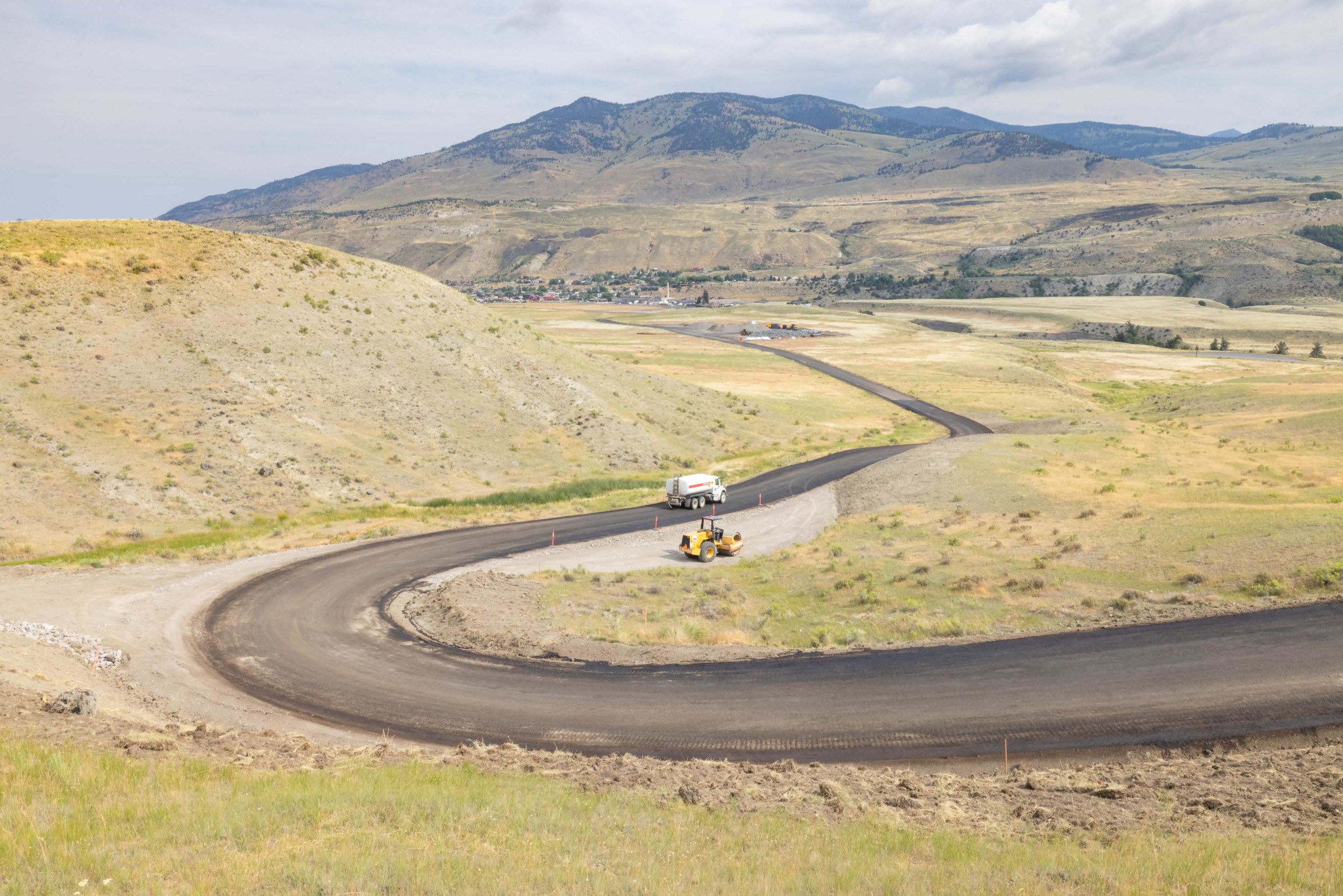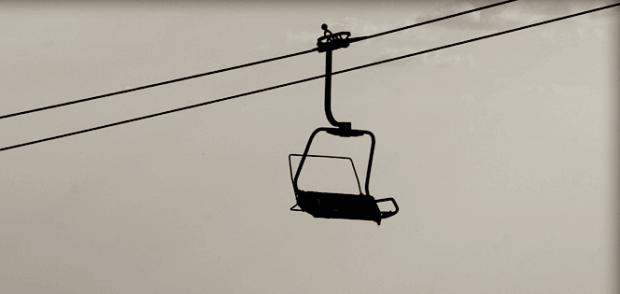
To Inspire; To empower; To research.
“We’ve all sacrificed various parts of our lives to focus on the expedition, but the most important part lies in its aim to inspire and encourage other people to find their own Antarctica.” Lt Stephenson
“There are some things women don’t do. They don’t become Pope or President or go down to the Antarctic.” Harry Darlington, 1947

Six British women started on a journey in late November that, if completed, would make them the first all-female group to ski from coast to coast in Antarctica. The journey, which is 1056 miles (1700 km), will be challenged by temperatures as low as -58°F (-50 °C) and winds as fast as 60mph, and is estimated to take three months to complete. The six women, who dub themselves the Ice Maiden team, are all part of the British Army, dissected from 250 applicants who were put through the rigorous testing in Norway.
While the current expedition by the six ladies will not be the first women to cross the unthinkable terrain, they will be the first all-female group to do so. The team will follow in the ski tracks of two pioneering women: Cecilie Skog and Felicity Aston.
Skog completed the journey in the winter of 2009/10 with Ryan Waters in 69 days. The partners made history as the first to cross without any assistance or support – which means that their only resources, including food, were on sleds they pulled. This was no small feat, in fact last year, Henry Worsley, who was attempting a completely unassisted, solo cross, died after 70 days and 900 miles. Worsley’s death was from no careless mistake – he was simply not able to carry enough food to eat the 10,000 calories a day he needed. Without the re-supply points that most, including the Ice Maidens, take advantage of he developed an infection of the abdominal lining – a complication of a starving body – and died.

Felicity Aston is the first, and only, woman to succeed in crossing the remote terrain alone. She bounded through the ice continent winter of 2012, in a remarkable 59 days, supported only by two supply drops.
Why on earth would a group of people be so willing to risk their lives to ski across a faceless terrain? To the Ice Maidens, the journey is three-fold: “to inspire women to seek out and embrace challenges and to achieve goals they never thought were possible; to promote female leadership, teamwork and an active lifestyle to organizations, schools and youth groups throughout the UK; and to conduct pioneering medical research into how the female body copes with extreme endurance in polar environments.”
For Aston, “curiosity. I wanted to know what it would feel like to be in that emptiest of landscapes by myself and I wanted to know how I would react to that situation.”
While I can’t analyze the goals of the Ice Maidens yet (and I was not able to get ahold of Skog to hear her perspective), I can speak about Aston’s journey. She frequently led expeditions and was introduced to the Antarctic by way of the British Antarctic Survey as a Meteorologist. After researching in Antarctica for three years, she found the motivation to get deeper in the continent.

“The continent is endlessly fascinating and has a draw for me that keeps me going back. It is a testing ground, a mirror and an experience of somewhere so ‘other’ that it leaves everyone that goes there changed – usually for the better.”
She completed the journey, despite a brief lapse in loneliness-induced-sanity; she told reporters at CNN the smell of a British favorite followed her: “It was like I was skiing along a huge row of fish and chips shops, the whole day.”
My question to Aston (especially given the Ice Maiden’s female empowerment crusade) was how her success motivated or effected women. Her answer: “The response to my success was double-edged. It was wonderful that so many people were interested but I was aware that some of that interest stemmed from an incredulity that a woman was making this journey. There are lots of women making incredible journeys in the polar regions and elsewhere. It remains a mystery why we do not hear about them more.”

Though I was not well educated in Antarctic history previous to writing this article, I assumed that if any people were there, they would be men. The word expedition alone brings to mind Christopher Columbus, Alexander Humboldt, Charles Darwin – always a white male. Women have been trying for the past hundred years to research in Antarctic. In 1914, Sir Ernest Shackleton denied three women a place in his Imperial Trans-Antarctic Expedition. In 1937, over 1,300 women were denied a place in a British expedition. Janet Thomson was told, “there were no facilities for women in the Antarctic… no shops… no hairdressers”.
Because of this insane thread of thought, the women that have had the privilege to research in Antarctica are over-shadowed by their male peers.
If the Ice Maidens complete their journey, maybe even if they don’t, their endurance, and the endurance of the women that came before them, can hopefully inspire and empower other women to take their journeys, on both ice and rock continents.
The Ice Maidens started their journey in November and won’t be expected back until January. You can track their current location by visiting their website.




